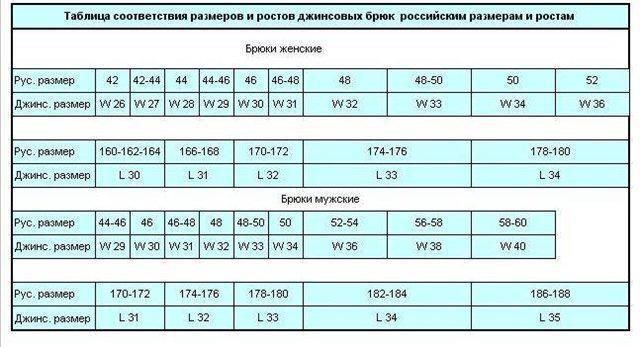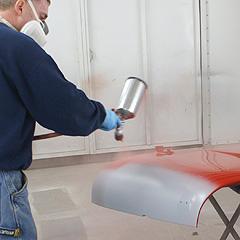Metallic and non-metallic properties: a table as a landmark
The notion of "metals" all to itself one way or anotherpresent. Iron, silver, gold, copper, lead. These names are constantly found in the news, so few will ask the question about what metals are. And still it would not hurt to learn about what metals are from the standpoint of chemistry and physics, if you want to have a system picture of the world in your head. And for completeness of knowledge on this topic, it would not hurt to learn about other groups - nonmetals and metalloids. What are metal and non-metallic properties?
If the memory failed

Non-metals seem more mysterious, especially forthose who do not remember the school chemistry course, so we will concentrate on non-metallic properties, and metal ones, respectively, should be considered as opposites. In that you do not remember, there is nothing shameful, it is difficult for the human brain to keep in consciousness information that is not needed every day. So, let's list the non-metallic properties and comment on them to make them more understandable.
Neither heat nor electricity
Non-metals are much worse than metalselectricity, as well as heat. Therefore, the ceramic mug, first, better holds the heat than the metal, and secondly, the probability of burning a hand on such a mug is much less than about a soldier's iron mug. And remember, for safety reasons, you can not pull metal from the source of the current of the injured person. But a tree can be used, carbon in the tree - non-metal. The property of metals is to conduct current well, nonmetallic properties include low conductivity.
Friability or ductility

Pure substances from non-metals are usually brittle orin general, often in the solid state exist in the form of a powder. Metals are malleable, can take the most unusual frozen forms (this quality is used in the foundry business) under the influence of tools and temperature. You can not process the non-metals. Non-metals often, even if they occur in the form of pieces, still have a low density and often seem porous.
Table as a map of the area
If you "go" by the periodic table on the leftto the right, be sure to notice that non-metallic properties are amplified from left to right. Helium is the greatest "excellent pupil of nonmetals". But if you go down the table, then the non-metallic properties fade. Metals are becoming more aggressive as you go down the Mendeleev table. Thus, according to Mendeleyev's table, one can roughly assume the properties of simple substances consisting of atoms of specific elements. Substances "in the middle" are called metalloids and are often used in electrical engineering as semiconductors.
The benefits of non-metals

There is no common sphere of application for all non-metals. Each has its own "specialization", because nonmetallic materials are different. Inert gases are used for outdoor advertising, selenium - for toners in the printing industry, sulfur goes to matches. We constantly meet in everyday life with materials that consist of nonmetallic derivatives.
Thus, nonmetallic properties, likemetal, can be predicted from the periodic table. And these patterns are very interesting, because the table still contains many undiscovered secrets that allow scientists to look far into the past, and possibly into the future. The future of metalloids is especially interesting.
</ p>







